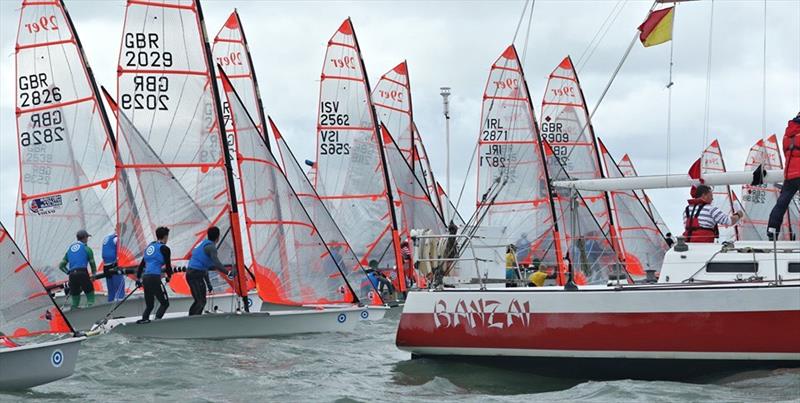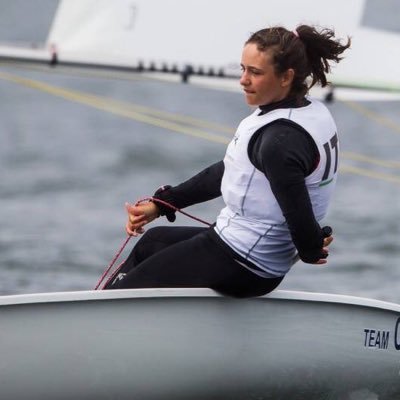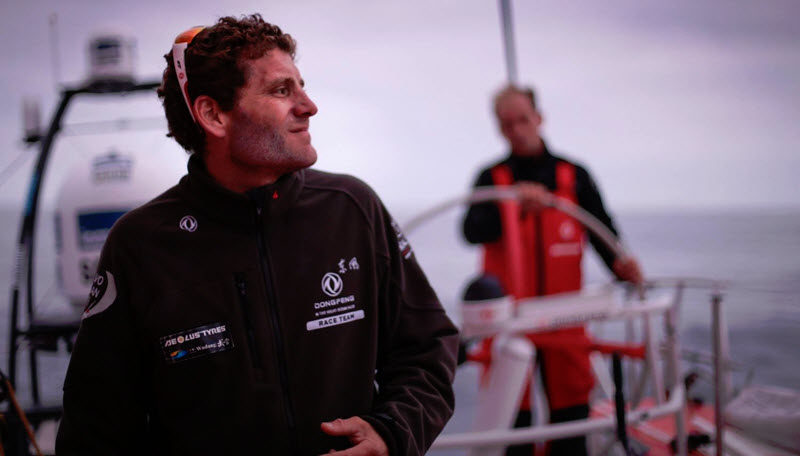A striking duel on the triumphant and River Derwent
came back of the Sayonara Cup to the Yacht Squadron, Royal Sydney points in
match-racing renewal among the young sailors of Australia after years of
dormancy in Hobart at the RYCOT.

Also known as the mini-America’s Cup, the Sayonara Cup
is one of the most famous and oldest yachting trophies in the southern
hemisphere. For over 115 years, this trophy has cast a unique spell on match
racers. This has provided a forum for racing in its original form since 1904 at
the time when the race between two most powerful racing yachts of Australia
seems to mark the event of Federation fine.
The recent knife-edged fight between Australia’s two
oldest prominent sailing clubs and their best teams fascinated crowds on the
gleaming waterway and attracted instant offers to confront from Western
Australia and Tasmania.
Iain Murray, the director of the Australian Sailing performance said, “It looks like Sayonara Cup has open a sailing area that people perceived they had stirred on from.”
“We all have looked at the very recent versions of America’s Cup and thinking about foiling and speed, but there is an indisputable admiration of the novel match racing skill used in the previous Sayonara Cup and America’s Cups. The match racing technical skills – principally of gybing and tacking and placement of boats over technology are some skills that are frequently required at the top level and it has been the base of Australian crew saturation on the platform of world sailing.”
Currently, Murray is all optimistic about match racing
future on a national stage.
“The standards of the club, national and state
originated difficulties have a significant place and now the RSYS feels it is
crucial re-establish the Sayonara Cup. This is a preferred pathway for
champions of our future.”
A striking duel on the triumphant and River Derwent came back of the Sayonara Cup to the Yacht Squadron, Royal Sydney points in match-racing renewal among the young sailors of Australia after years of dormancy in Hobart at the RYCOT.
Also known as the mini-America’s Cup, the Sayonara Cup
is one of the most famous and oldest yachting trophies in the southern
hemisphere. For over 115 years, this trophy has cast a unique spell on match
racers. This has provided a forum for racing in its original form since 1904 at
the time when the race between two most powerful racing yachts of Australia
seems to mark the event of Federation fine.
The recent knife-edged fight between Australia’s two
oldest prominent sailing clubs and their best teams fascinated crowds on the
gleaming waterway and attracted instant offers to confront from Western
Australia and Tasmania.
Iain Murray, the director of the Australian Sailing
performance said, “It looks like Sayonara Cup has open a sailing area that
people perceived they had stirred on from.”
“We all have looked at the very recent versions of America’s Cup and thinking about foiling and speed but there is an indisputable admiration of the novel match racing skill used in the previous Sayonara Cup and America’s Cups. The match racing technical skills – principally of gybing and tacking and placement of boats over technology are some skills that are frequently required at the top level and it has been the base of Australian crew saturation on the platform of world sailing.”
Currently, Murray is all optimistic about match racing
future on a national stage.
“The standards of the club, national and state
originated difficulties have a significant place and now the RSYS feels it is
crucial re-establish the Sayonara Cup. This is a preferred pathway for
champions of our future.”


